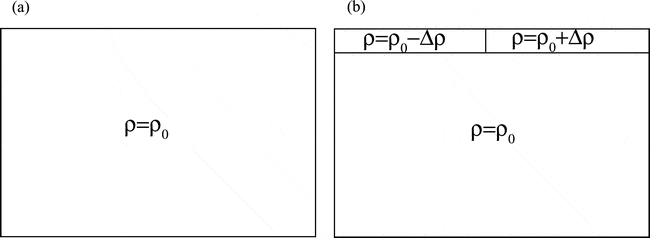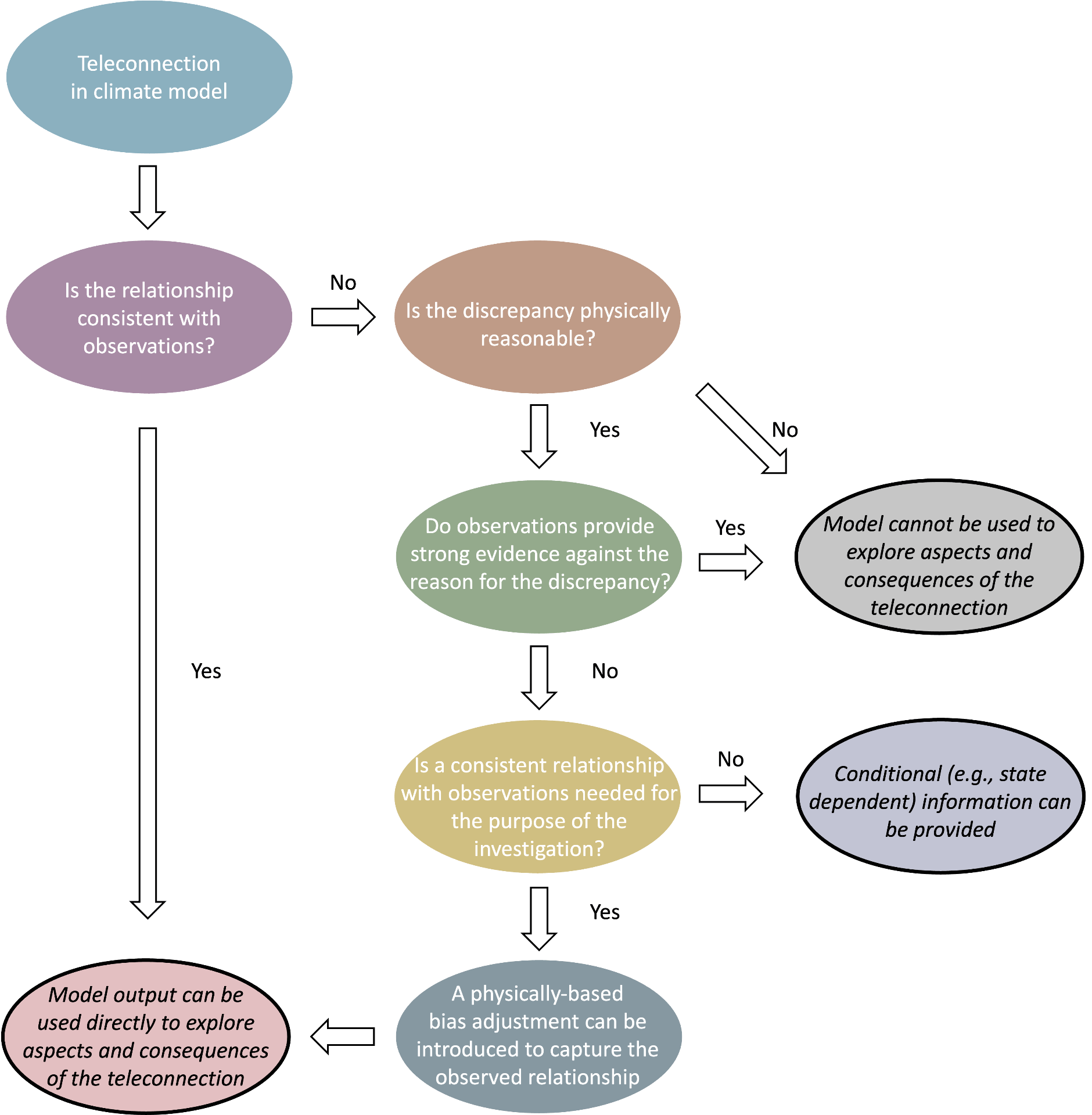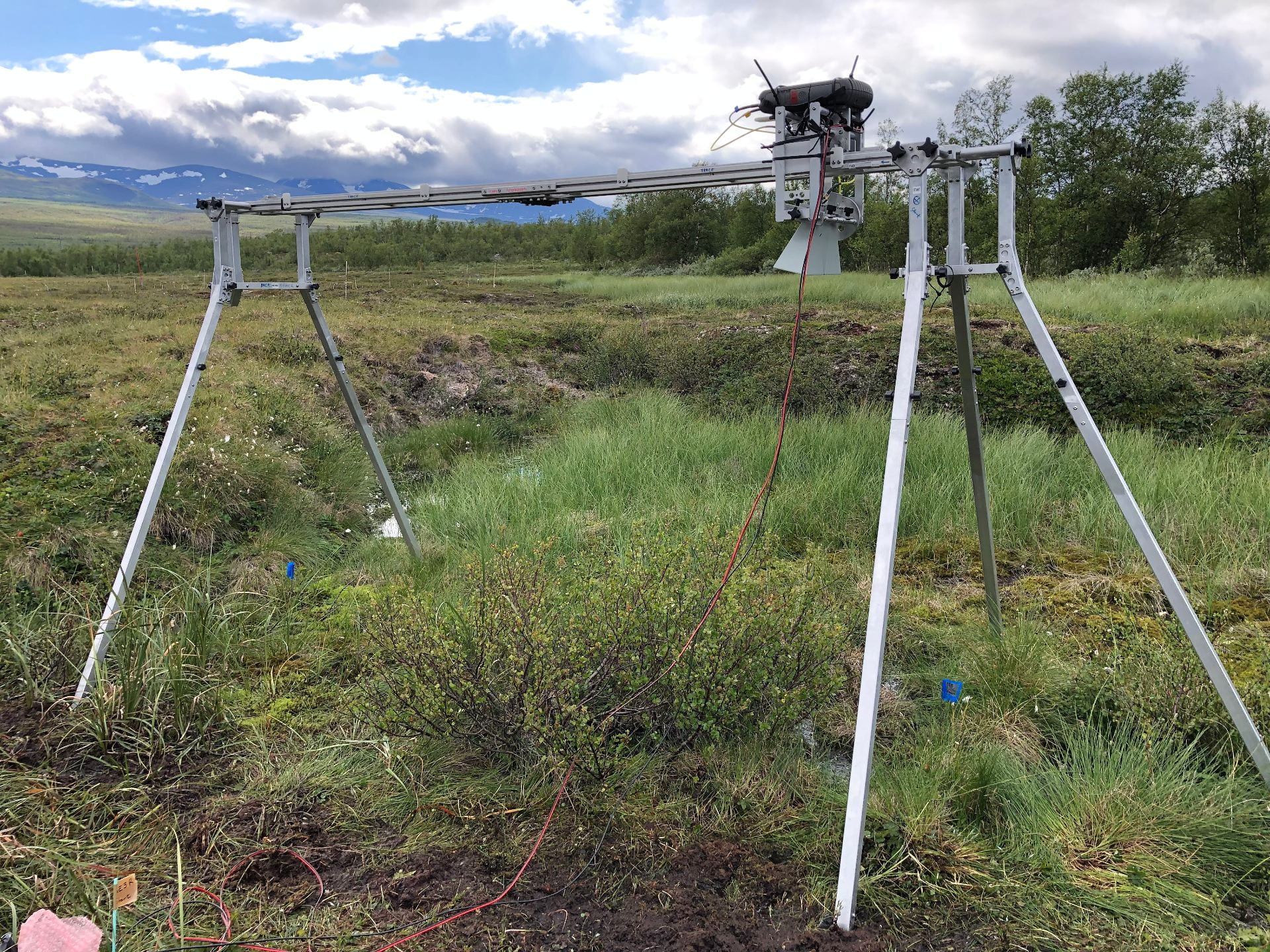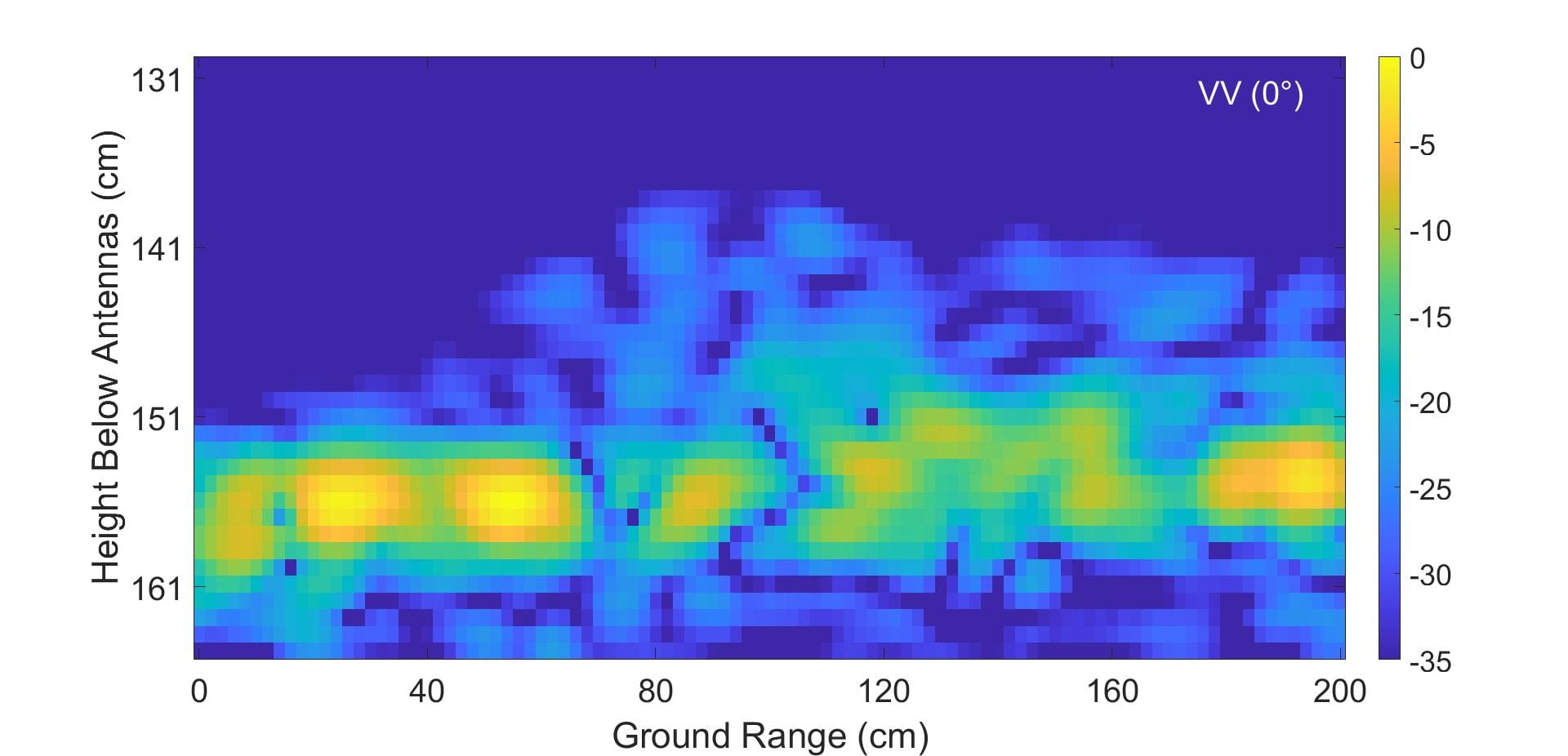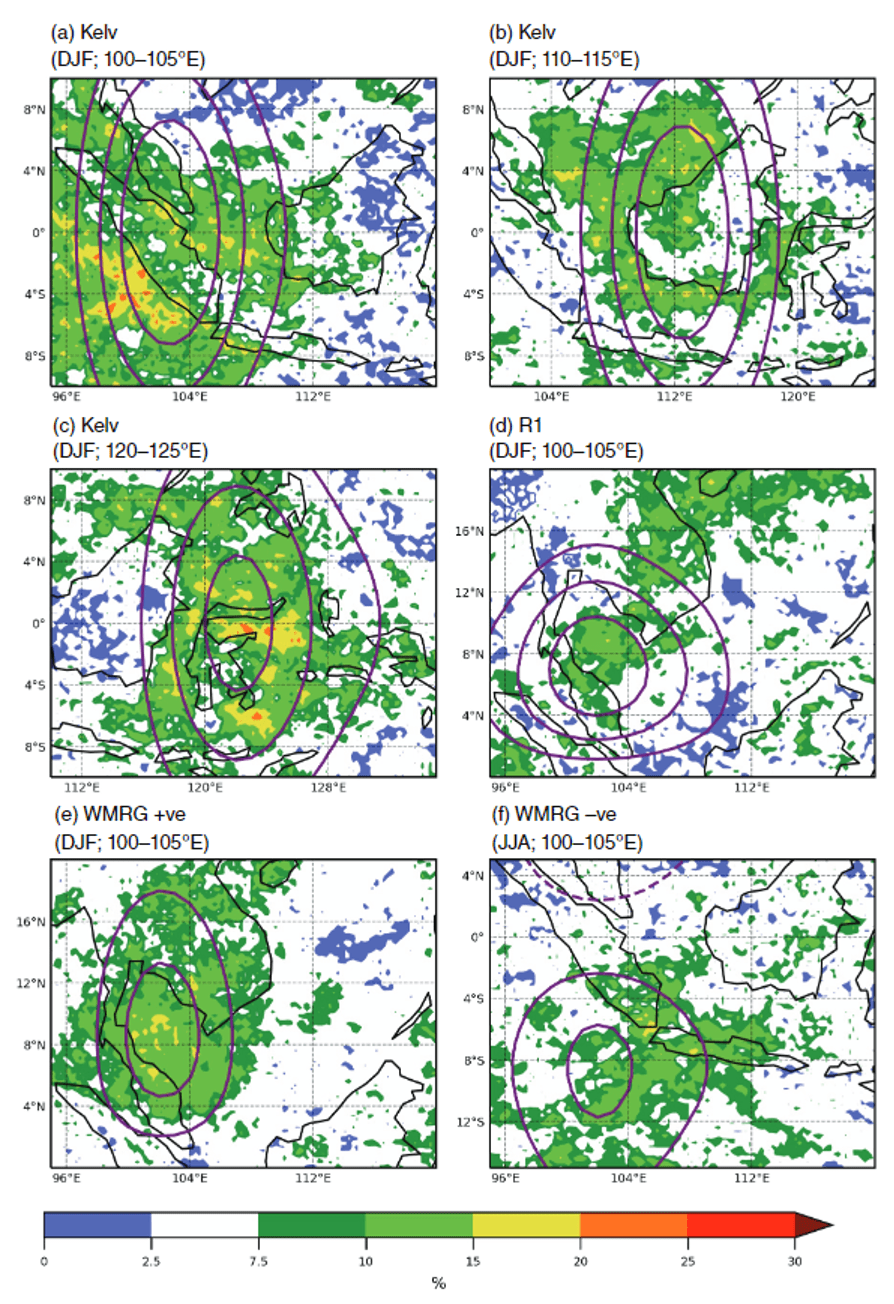By: Dr. Hripsime Mkrtchyan, Prof. Giles Harrison, Prof. Keri Nicoll
AtmosEleC – Atmospheric Electricity for Climate is a digitisation project designed to help researchers investigate the connections between atmospheric electricity and climate change. It has recently been launched on Zooniverse and is seeking volunteers to help with digitisation. You can be part of a citizen science project by clicking here: AtmosEleC – Atmospheric Electricity for Climate — Zooniverse
Zooniverse is recognized as the largest and most popular platform globally for citizen science projects. This platform enables volunteers to support scientists in various research tasks that seek human input. These tasks include classifying galaxies, transcribing ancient manuscripts, or monitoring wildlife and now, digitizing handwritten atmospheric electricity records. Volunteers engaging with Zooniverse have the unique opportunity to participate in cutting-edge research, significantly contributing to advancements in these fields.
Our project AtmosEleC focuses on rediscovered historical atmospheric electricity data from Lerwick Observatory in Shetland, UK.

Figure 1. Observatories in the UK.
Lerwick Observatory (see the map above) was established in 1921 in Shetland, Scotland, and it became an important site for atmospheric electricity measurements in 1925. These measurements were continued systematically by the observatory staff until 1984.
The Observatory’s northerly location was originally chosen for magnetic measurements and studying auroral and meteorological phenomena at high latitudes, following assistance sought by the Norwegian government. Lerwick observatory has recently celebrated its 100th anniversary and continues to make important atmospheric and magnetic measurements. More information about atmospheric observations made in Lerwick is given here.
Almost all of the Lerwick hourly measurements during 1925-1984 have now been recovered, including many original handwritten records. Such long datasets are now recognised as precious resources for modern atmospheric science. However, to unlock the scientific opportunities of this remarkable information source, the data must first be accurately transcribed and keyed. It is for this that we need volunteers to help.
The Earth’s atmosphere is continually electrified, and during fair weather, it is positively charged with respect to the ground. This has been known since the time of Benjamin Franklin, and scientific investigation has been motivated to explain it. The most common quantity in atmospheric electricity is the vertical electric field, which is a measure of the strength of the electrification. It is quantified as the Potential Gradient (PG). Near the surface, the PG is, conceptually, the voltage difference between the ground and a point one metre vertically above it. The PG can be measured using a potential probe (also known as a collector or equaliser), at a fixed height above the surface.

Figure 2. Concept of a potential probe. A conducting electrode placed at a height z above the surface will acquire the potential of the atmosphere (V0) which can be measured using a sensitive voltmeter.
The PG is determined from the electric potential measured at a fixed point above the surface, using a sensing electrode of some kind and a voltage registering device. This is a demanding measurement, requiring high quality insulation and a sensitive electrostatic voltmeter. It is difficult to sustain the good insulation required in all weather conditions, and the conditions at Lerwick are often quite variable. At Lerwick, a radioactive probe was used as the sensing electrode. This was connected to an electrometer and chart recorder, so that continuous recordings could be made. This recording paper apparatus was known as Benndorf “electrograph”(used from 1925-1960, see fig 3).

Figure 3 The Benndorf electrometer (Adopted from Harrison 2022). (a) Schematic view of a Benndorf device with recording paper (b) Internal view of the one of the Benndorf electrometers (c) Benndorf electrometer paper chart, from Lerwick, for 2 November 1960.
The PG values on the record sheets were averaged and tabulated as monthly sets of daily values in the annual volumes of the Observatories’ Yearbook until 1967, and thereafter on individual summary sheets until 1984, stored in the National Meteorological Archive (Harrison 2022).

Figure 4 PG data record sheet of archive data (Image credit: Lerwick Observatory Archive)
At any local site, the PG is influenced by local meteorological conditions (such as lightning, fog, rain, snow, aerosols), space weather, and radioactivity. PG measurements are particularly good at detecting and monitoring radioactive deposition (e.g. from nuclear tests or nuclear power plant releases), and data from Lerwick during the 1950s and 1960s has already demonstrated the effect of the distant detonations of nuclear weapons on the PG at the site.
An emerging new application is that PG measurements are closely linked to global thunderstorm activity, and any changes in it. This occurs through the Global Electric Circuit (GEC), which connects distant disturbed weather with fair weather regions. One of the things we aim to investigate with the Lerwick dataset is the influence of Pacific Ocean temperatures on the GEC through El Niño events (a warming of sea surface temperature). We have already established that the Lerwick PG is related to El Niño, demonstrating an atmospheric link extending over a distance of 8000 km.
We will be very glad for any help you can offer to digitise this important dataset and lease join our Zooniverse project if you are interested in learning more (https://www.zooniverse.org/projects/hripsi-19/atmoselec-atmospheric-electricity-for-climate)!
Reference and Further Reading
Harrison, R. G. and Riddick, J. C.: Atmospheric electricity observations at Lerwick Geophysical Observatory, Hist. Geo Space. Sci., 13, 133–146, https://doi.org/10.5194/hgss-13-133-2022, 2022.


